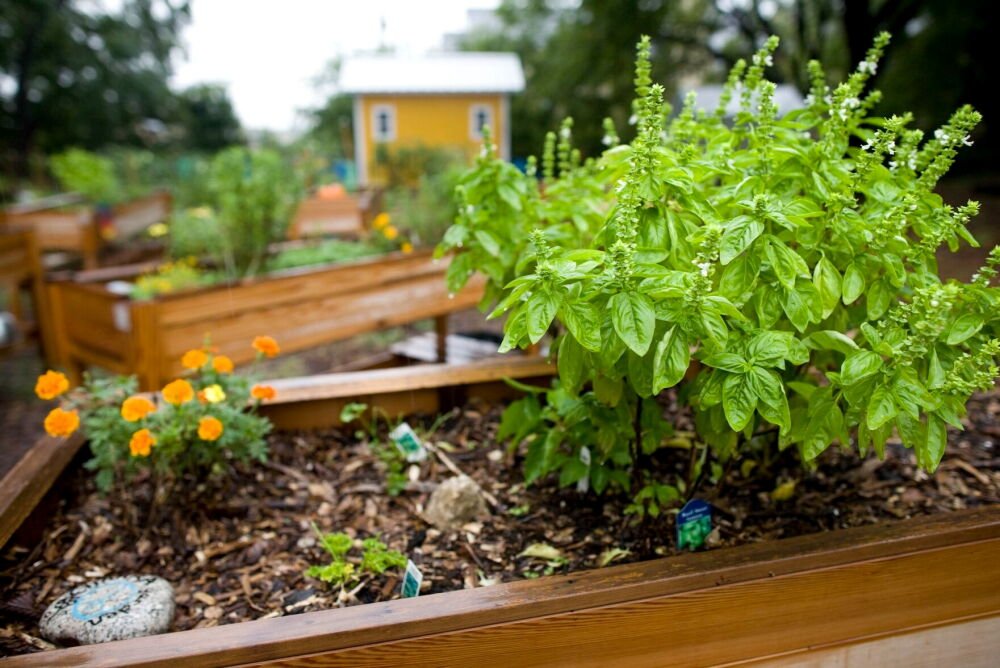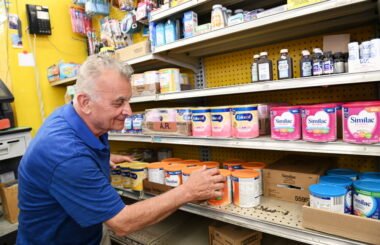Causes of the Basil Shortage
COVID-19 Pandemic
The basil supply chain has been impacted by COVID-19. Lockdowns, travel restrictions, and border bans hampered basil harvesting and shipment. Illness and quarantine affected the workforce, delaying supplies.
Trade Tensions
International trade disputes have raised taxes and trade obstacles, hurting basil growers, especially exporters. This has reduced basil supplies in some locations, causing shortages and higher prices.
Natural Disasters
Floods, droughts, and wildfires have devastated basil harvests. Basil growers struggle to maintain production due to climate change-induced extreme weather.
Impact on Basil Production
Italy, India, Thailand, and the US are major basil producers, and the shortage has hurt production. Disruptions have reduced basil output, reducing worldwide availability.
Price Fluctuations
Price increases are inevitable due to the shortage. Basil supply uncertainty has caused market volatility, with prices varying.
Financial Impact on Farmers
The shortfall hurts basil farmers financially. Many struggle to survive due to declining production, prices, and production costs. Some farmers have reduced basil planting or switched crops to cope with financial demands.
Market Trends
Basil shortages have changed consumer behaviour. Small-scale growers and suppliers may meet the growing demand for organic and locally sourced basil by providing high-quality goods.
Adaptation and Resilience
Diversifying Sourcing Channels
To avoid interruptions, basil industry players should diversify their purchasing channels and find new suppliers.
Investing in Technology
Technology can boost basil production efficiency, helping growers overcome environmental and logistical issues.
Collaboration
Industry collaboration may strengthen supply chains, preparing manufacturers, distributors, and retailers for interruptions.
Overview of Basil
Basil is essential to pesto and caprese salad. It can grow eternally in warmer climes (USDA Zones 10-11) but dies to frost in cooler locations. Wild basil can survive colder temperatures, making it a good option.
Extending Basil Harvests
Basil harvests can be extended by starting plants indoors or buying nursery starts. Frequent leaf harvesting promotes growth and delays flowering. Season extenders like floating row covers protect plants from early frosts.
Year-Round Basil Growth
To keep basil fresh in winter, grow it inside. Indoor basil plants can thrive for years with proper care. Instead of grocery store herbs, start from seed or stem cuttings.
Indoor Growing Requirements
Indoor basil needs 8-10-inch pots with good drainage, nutrient-rich potting mix, and 6-8 hours of strong light everyday. Proper plant spacing promotes airflow and growth.
Preserving Basil
To preserve basil, freeze or dry. After blanching for 30 seconds, dry and flash-freeze leaves to store. Avoid flavour loss by drying in a dehydrator or low-heat oven.
Replanting and Repotting
Leave blossoms on basil to self-sow outdoors. After the last spring frost, plant annually. Summer repotting of basil promotes root elongation and healthier growth.
Watering and Storage
Basil needs regular watering but not damp soil. Water when the top inch of soil seems dry. As refrigeration can discolour fresh basil, store it at room temperature.
Preparation Tips
Instead of cutting, tear basil leaves to preserve their oils and flavour.
Companion Planting
Sage, thyme, fennel, and cucumbers are incompatible with basil, which grows well with tomatoes, dill, chives, and peppers.
FAQ
What is causing the basil shortage?
Trade conflicts, natural disasters, and COVID-19 disruptions are the main culprits.
Basil shortage: how has it affected prices?
Price and market volatility have increased due to the shortage.
What are the impacts on basil farmers?
Farmers struggle financially due to declining production, pricing, and costs.
Basil shortage: how can people find it?
Consider producing basil at home or using local or organic products.
What are the long-term basil shortage solutions?
Diversifying supply, investing in technology, and industry collaboration boost resilience.




